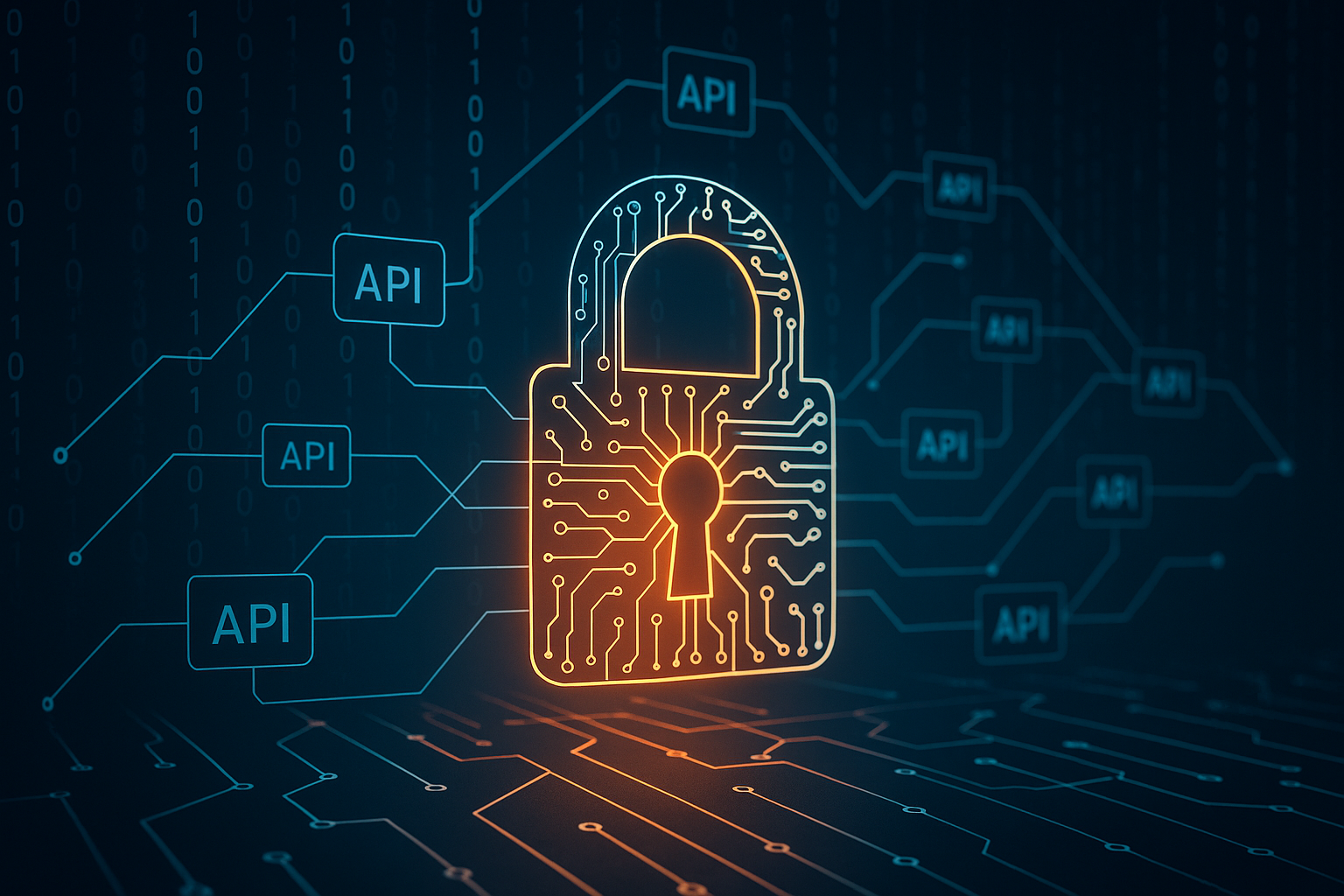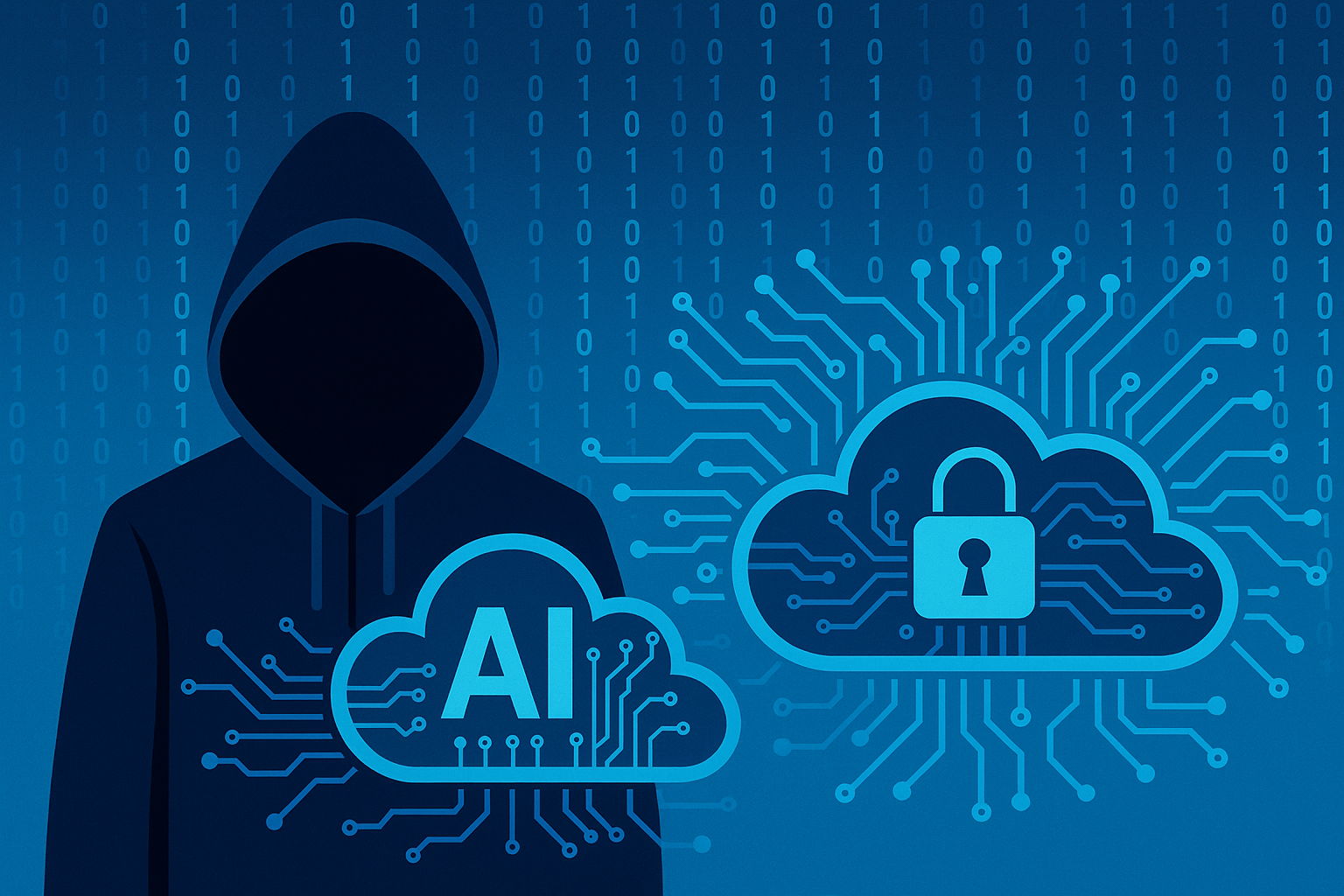Most Indian companies are hurtling into the future, adopting new technologies faster than ever before. Despite all this rapid digital progress, there is a pressing concern that many overlook. New findings show that nearly all Indian businesses (an estimated 93%) are still vulnerable to cyberattacks driven by artificial intelligence. This is a stark warning. As cybercriminals fine-tune AI tools to make their attacks smarter and faster, legacy defences simply can’t keep up. So, how did we get here, and what needs to change?

Founder and Cloud Guru
Vergecloud
The Changing Nature of Cyber Threats
AI has rewritten the rules of cyber warfare. Yes, organisations are using AI for faster threat detection and predictive analytics. But those same technologies are now arming attackers with new capabilities. The modern forms that cyber threats have taken are far more ruthless and agile, thanks to AI tools. These allow attackers to draft more convincing phishing emails.
Even Malware has become more sophisticated, and can now slip past security setups without triggering alarms. Criminals are now using deepfake models to impersonate those in authority and trick employees into making unauthorised payments. To make matters worse, automated bot networks also launch coordinated attacks that overwhelm systems at lightning speed.
What is particularly dangerous is how rapidly these threats are changing face. AI tools can quickly identify gaps and exploit them before teams relying on manual systems can react. Therefore, a new approach is needed so that one can keep pace with these changing risks.
Why Are Indian Companies More Vulnerable?
The struggle to keep up with cybersecurity in India is a web of several tangled together.
Fragmented Technology Setups
For starters, most companies find themselves managing a confusing blend of new cloud services used in combination with outdated hardware. Devices that can’t be tracked further complicate the issues. Needless to say, when the infrastructure is so complex, identifying and reacting to threats is more challenging than ever.
Defensive, Not Proactive, Security Thinking
Many businesses wait for an attack to act, using security frameworks that kick in only after an incident. With AI-powered threats, that approach leaves a dangerous window for damage.
Neglecting the Edges of the Network
Many businesses pour their efforts into securing their main data centres, yet they often miss the most vulnerable points—the “edges” of their networks where employees connect devices and use applications. These overlooked areas serve as easy entry points for hackers, allowing them to bypass traditional defences and carry out attacks from the inside.
The AI-Powered Attack Surface
Cyberattacks aren’t what they used to be. Instead of simple viruses or password guessing, today’s threats use advanced AI that studies how defences work and shifts tactics in real time. If security teams block one attack, these AI-driven systems try new methods almost instantly—sometimes making thousands of changes in seconds. Modern DDoS assaults don’t just hit at random; they target the most important parts of a business, often without warning and with much greater impact.
To keep up, organisations now need security systems that aren’t just smart—they must be able to act and adapt as quickly as these AI-powered attacks.
Building Resilience at the Edge
A strong network defence today needs a few key elements:
- Firewalls that keep an eye out for anything unusual and block dangerous requests.
- Tools that can automatically stop even the biggest attempts to overload a system, using protection spread across the country.
- Access controls that make sure only the right people and apps can get to sensitive data.
- Systems that balance traffic loads, so if one part of the network is attacked, the rest keeps running smoothly.
- Encryption to keep data safe as it moves between places.
These layers work together to protect the whole network, so if one part is attacked, the others still hold firm.
What Can Be Done Now?
Improving cybersecurity entails a change in the very DNA of companies. This change needs to spread across their policies and operations. In the context of India specifically, this means the following:
- Companies must adopt a “Zero Trust” approach wherein all devices (no exceptions) are checked.
- Using live threat monitoring that provides alerts in real time to catch attacks early.
- Automating security rules because AI-based attacks happen far too fast for humans to handle manually.
- Regularly checking if they are equipped to handle new threats. As mentioned, cyber threats are neither linear nor static. So companies need to constantly update their systems and share information with other companies and the government to provide a stronger defence.
- Ironically, the human side of things is the most important when it comes to cybersecurity. The reason for the success of most attacks is that employees were not careful enough. Therefore, regular (and perhaps compulsory) training is a must.
Moving Forward
This Cybersecurity Awareness Month is a call for businesses to prepare for the future head-on. The risks are not far-off threats anymore; they are happening now, evolving fast, and demanding quicker, smarter action. For companies in India, staying safe means building defences that use AI, particularly at critical points where the network connects to the outside world. Automation and current information are key to keeping one step ahead.
Simply adding more security tools won’t cut it. Businesses need to be flexible, ready to change as new dangers emerge. With AI changing how attackers operate, putting off improvements could leave companies vulnerable for good. The message is clear: it’s time to act on cybersecurity before the next threat hits.
–Authored by Hamid Rostami, Founder and Cloud Guru at Vergecloud



